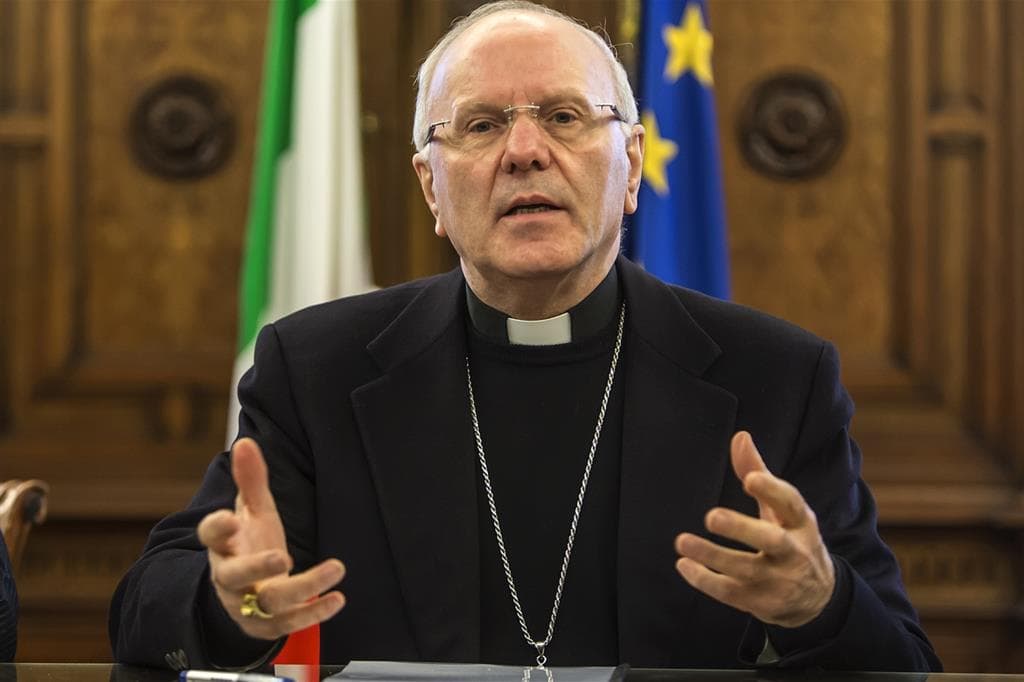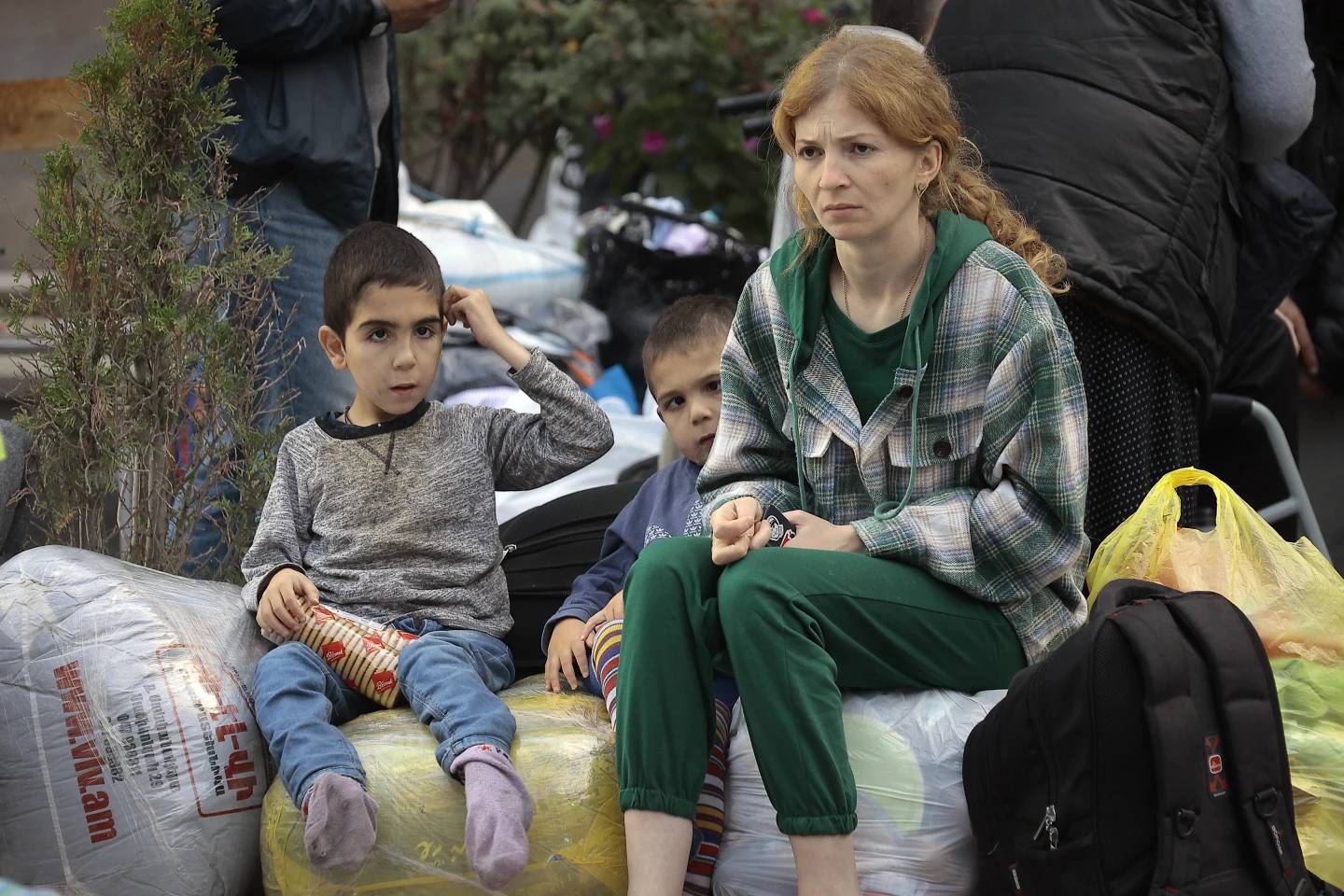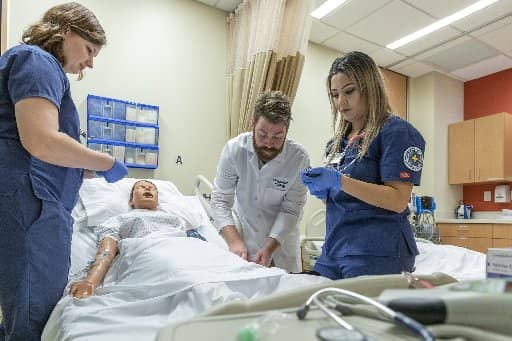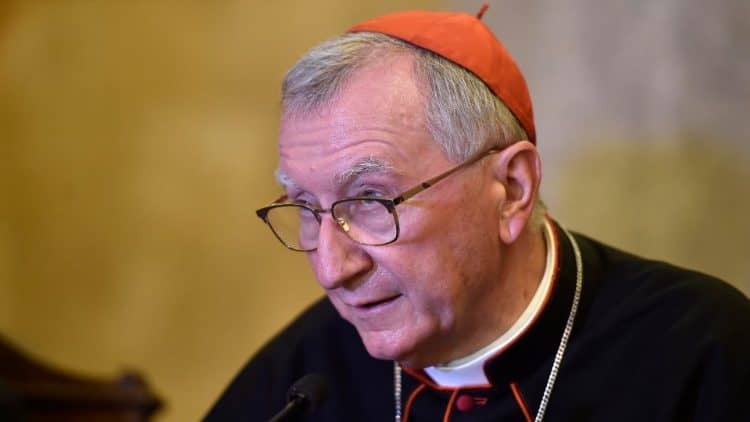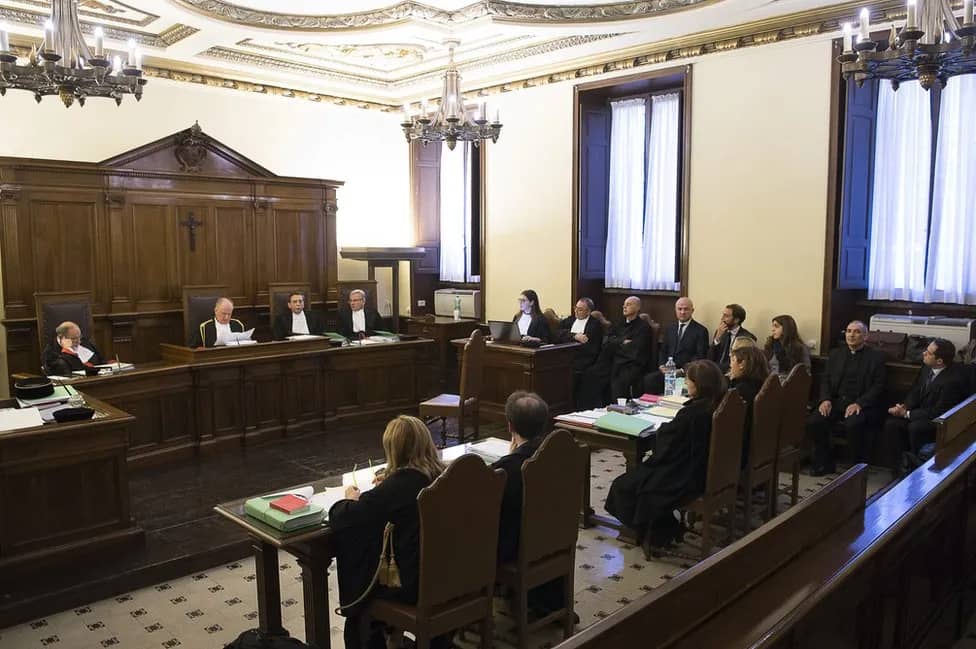ROME – For some time now, Pope Francis’s ambitious attempt at financial reform of the Vatican has seemed like an American football game in which the pope’s team is down late in the fourth quarter, and backed up against its side of the field.
On Tuesday, Francis did what teams in that situation generally do – he called a “Hail Mary” pass, naming a loyal but largely untested ally to take over the Vatican’s main financial center of power. It is, in a real sense, both the most reassuring and also the riskiest move we’ve seen from the pontiff in some time.
The pope tapped Bishop Nunzio Galantino to take over the Administration of the Patrimony of the Apostolic See (APSA), which controls both the Vatican’s vast and significantly under-valued real estate holdings and also its investment portfolio.
From the outside, it’s often assumed that the big deal in terms of papal finances is the Institute for the Works of Religion, better known as the “Vatican bank.” In reality, that’s a misunderstanding for two reasons.
First, the bulk of the bank’s roughly $8 billion in assets does not belong to the pope. Instead, they’re funds belonging to religious orders, Catholic associations and movements, and other entities in the Church, which the Vatican can’t simply draw upon to cover its operating expenses.
Second, the process of reform of the Vatican bank began under Pope emeritus Benedict XVI, and by now is largely complete. Individuals who weren’t supposed to have accounts in the first place have been weeded out of the system, and under the watchful eye of the Vatican’s Financial Information Authority, suspicious transactions are carefully monitored.
Instead, insiders have understood for some time that the real action is at APSA, which controls the vast majority of the assets the pope actually has at his disposal, and which has a reputation for insularity and resisting efforts at transparency and accountability.
In recent months, many insiders concluded that Francis had largely abandoned the whole idea of financial reform. His much-vaunted new Council for the Economy, intended to set financial policy, has struggled to find its voice; the Secretariat for the Economy, intended to implement policy, is leaderless as Australian Cardinal George Pell is back home fighting off charges of “historical” sexual abuse; and the allegedly independent Auditor General’s position is vacant after its one occupant was sent packing under still-murky circumstances.
In a recent interview with Reuters, however, Francis appeared to show new determination. He frankly acknowledged that “there is no transparency” at APSA in terms of the Vatican’s real estate holdings; he said that Italian Cardinal Domenico Calcagno, the previous head of APSA and a figure who has himself been accused of involvement in an embezzlement scheme in his previous diocese, was on his way out; and said, “We have to move ahead on transparency, and that depends on APSA.”
In the wake of that interview, the question remained of what Francis was prepared to do about it. Tuesday brought the answer, as Francis tapped the 69-year-old Galantino to take the reins at APSA.
Widely seen as the pontiff’s closest ally in the Italian bishops’ conference and the most outspoken carrier of his agenda in Italian affairs, Galantino was spotted by Francis while serving as the bishop of the relatively obscure diocese of Cassano all’Jonio.
Francis stunned the Italian clerical establishment in December 2013 when he named Galantino as the secretary of the über-powerful Italian bishops’ conference, known by its acronym CEI. At the time Galantino had only been bishop in Cassano all’Jonio in the southern Italian region of Calabria for two years, and nobody ever confused that job with a launching pad to prominence.
Earlier in 2013, Francis had asked the president of CEI, Cardinal Angelo Bagnasco of Genoa, to poll the bishops about candidates for the secretary’s position. Bagnasco offered a complete list of all the Italian bishops and whom they had flagged. A few men emerged as consensus candidates, while Galantino reportedly had only one vote from almost 500 prelates.
Nevertheless, Francis bypassed the advice he himself had requested and decided Galantino was his man, taking the unusual step of writing to the people of the diocese to “ask permission” to borrow their bishop. Four months later, Francis named Galantino to a full five-year term.
Why did Francis latch on to Galantino? Well, when he was named a bishop in 2011 by Pope Benedict XVI, he asked that whatever money people would have spent buying him gifts for the occasion be used instead to serve the poor.
Galantino opted to live at the diocesan seminary rather than the bishop’s palace in Cassano all’Jonio, he didn’t want either a secretary or a chauffeur, and he asked people to call him “Don Nunzio” rather than “His Excellency.”
So far as anyone knows, Galantino has a spotless personal track record, never having been implicated or ever whispered about in any financial impropriety that might compromise his credibility in his new role. Moreover, his close association with the boss certainly suggests he’ll have the heft to assert his authority.
The great unknown, however, is whether Galantino will have the strength to stand down the forces that are bound to resist real change, because the trash heaps of Vatican history are littered with the carcasses of well-intentioned reformers who turned out to be unable to get the job done.
Blessed Pope Paul VI, for instance, created the Prefecture for Economic Affairs in 1967 in an effort to modernize and rationalize Vatican finances, and yet a series of presidents proved unable even to put together a comprehensive annual financial statement. St. Pope John Paul II tried bringing in a tough-as-nails American cardinal, Edmund Szoka of Detroit, but he too was unable to engineer a real transformation.
One could go on multiplying examples, but the point is clear: Vatican agencies such as APSA have a long history of absorbing waves of putative reform and remaining essentially unchanged, and in the abstract, there’s no particular reason to believe he’ll succeed where others have failed.
The truth is, Galantino is a largely untested manager of a small diocese, who then moved into a role at the bishops’ conference that required him to articulate the pope’s line but not really implement it in any administrative or managerial sense.
In other words, from the point of view of the task he’s been asked to take on, there’s not much to go on in assessing whether Galantino is up to the job. That, however, is the point of a Hail Mary pass … and, of course, teams keep running the play because every so often, it actually works.
